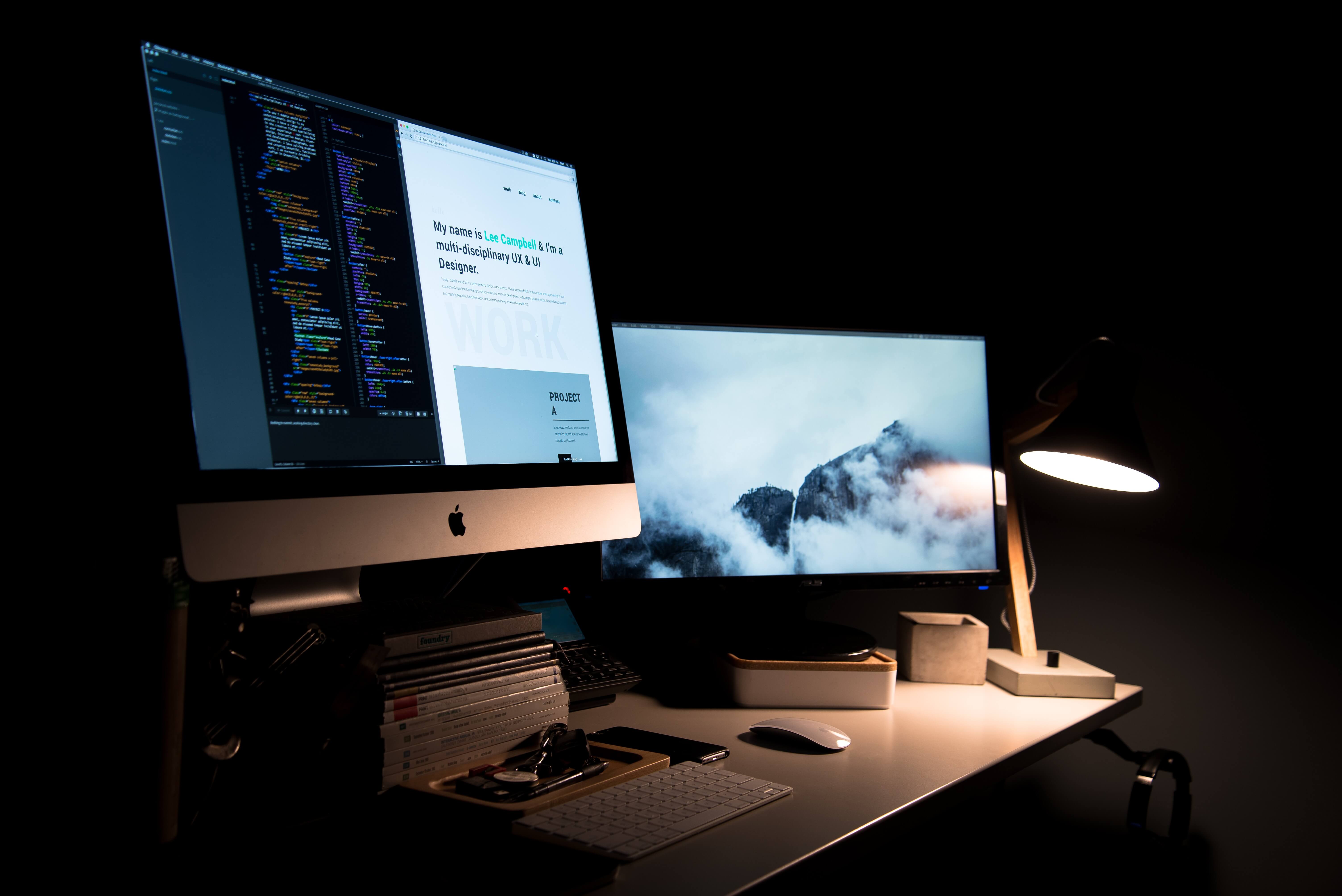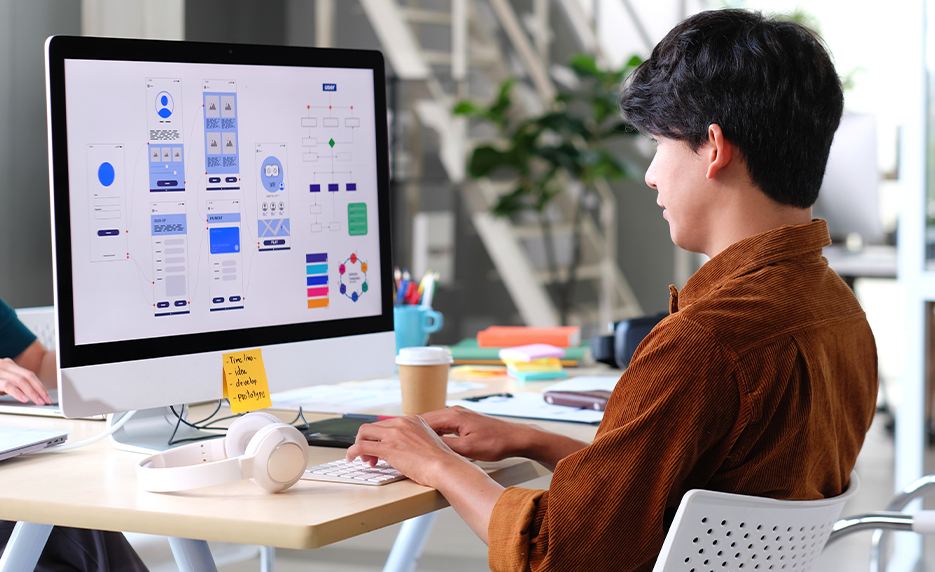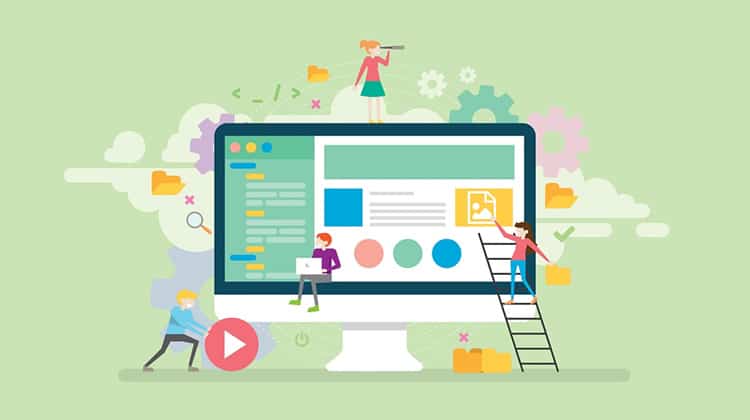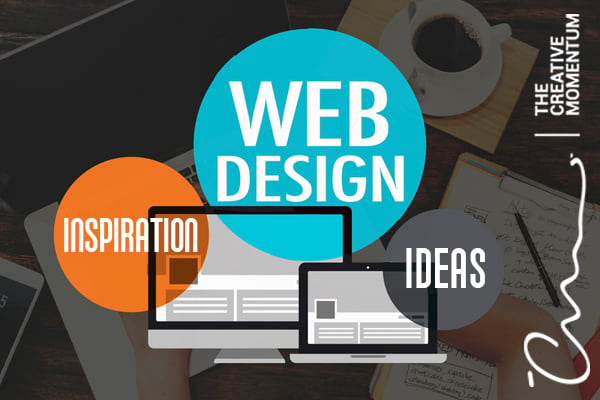All Categories
Featured
Table of Contents
- – Web Design Company In Orlando, Florida And Ban...
- – Web Design Services - Networksolutions.com Ti...
- – Web Design Software By Xara Tips and Tricks:
- – Webdesign Designs, Themes, Templates And ... ...
- – Top Web Design Courses Online - Updated [Apri...
- – Redtree Web Design - Pittsburgh Tips and Tric...
- – Web Development Bachelor's Degree - Full Sai...
- – Custom Web Design, Development & Digital Mar...
- – Web Design Museum 1991 – 2006 Tips and Tricks:
- – Top 30 Web Design Companies - Apr 2022 - Des...
- – What Is Web Design? - Interaction Design Fou...
Web Design Company In Orlando, Florida And Bangor, Maine Tips and Tricks:
Quick summary Usability and the utility, not the visual style, determine the success or failure of a site. Considering that the visitor of the page is the only person who clicks the mouse and therefore chooses everything, user-centric design has actually developed as a basic approach for effective and profit-oriented website design - web design frederick md.
and the energy, not the visual design, figure out the success or failure of a website. Considering that the visitor of the page is the only individual who clicks the mouse and therefore chooses everything, user-centric style has ended up being a basic method for successful and profit-oriented web design. After all, if users can't use a feature, it may as well not exist.
g. where the search box must be put) as it has already been performed in a number of short articles; instead we concentrate on the methods which, used correctly, can result in more sophisticated style choices and simplify the process of viewing provided info. Please see that you may be interested in the usability-related short articles we've published prior to: Concepts Of Good Site Style And Effective Website Design Guidelines, In order to utilize the principles correctly we initially require to understand how users interact with websites, how they believe and what are the basic patterns of users' behavior.
Web Design Services - Networksolutions.com Tips and Tricks:
Visitors look at each brand-new page, scan a few of the text, and click on the first link that catches their interest or vaguely resembles the thing they're looking for. There are big parts of the page they do not even look at. Most users browse for something fascinating (or useful) and clickable; as soon as some promising prospects are found, users click.
If a page supplies users with top quality content, they want to compromise the content with advertisements and the design of the website. This is the reason that not-that-well-designed websites with premium content get a lot of traffic over years. Content is more important than the design which supports it.

Users don't read, they scan. Notice how "hot" locations abrupt in the middle of sentences. This is common for the scanning process. Very easy concept: If a site isn't able to meet users' expectations, then designer stopped working to get his job done correctly and the business loses money. The greater is the cognitive load and the less intuitive is the navigation, the more ready are users to leave the site and look for options.
Web Design Software By Xara Tips and Tricks:
Neither do they scan website in a direct style, going sequentially from one site section to another one. Instead users satisfice; they choose the very first sensible choice. As quickly as they discover a link that seems like it may result in the goal, there is a great opportunity that it will be instantly clicked.
It does not matter to us if we comprehend how things work, as long as we can utilize them. If your audience is going to act like you're designing signboard, then style excellent billboards." Users wish to have the ability to control their internet browser and count on the consistent information discussion throughout the site.
If the navigation and site architecture aren't intuitive, the number of question marks grows and makes it harder for users to comprehend how the system works and how to receive from point A to point B. A clear structure, moderate visual clues and easily recognizable links can help users to find their course to their goal.
Webdesign Designs, Themes, Templates And ... - Dribbble Tips and Tricks:

claims to be "beyond channels, beyond products, beyond circulation". What does it suggest? Considering that users tend to check out sites according to the "F"-pattern, these three declarations would be the first components users will see on the page once it is loaded. Although the design itself is basic and user-friendly, to comprehend what the page is about the user needs to look for the response.
Once you've accomplished this, you can interact why the system is beneficial and how users can benefit from it. Do Not Squander Users' Patience, In every task when you are going to provide your visitors some service or tool, try to keep your user requirements minimal.
First-time visitors want to, not filling long web forms for an account they may never utilize in the future. Let users explore the website and find your services without forcing them into sharing private data. It's not affordable to require users to enter an e-mail address to test the function.
Top Web Design Courses Online - Updated [April 2022] - Udemy Tips and Tricks:
And that's what you want your users to feel on your web website. The registration can be done in less than 30 seconds as the kind has horizontal orientation, the user does not even require to scroll the page.
A user registration alone suffices of an obstacle to user navigation to reduce incoming traffic. 3. Handle To Focus Users' Attention, As websites offer both static and vibrant content, some aspects of the interface bring in attention more than others do. Obviously, images are more captivating than the text simply as the sentences marked as vibrant are more attractive than plain text.
Focusing users' attention to specific areas of the website with a moderate usage of visual elements can help your visitors to receive from point A to point B without thinking of how it in fact is supposed to be done. The less concern marks visitors have, the they have and the more trust they can establish towards the company the site represents.
Redtree Web Design - Pittsburgh Tips and Tricks:
4. Make Every Effort For Feature Exposure, Modern web styles are typically slammed due to their technique of guiding users with aesthetically appealing 1-2-3-done-steps, large buttons with visual effects and so on. But from the design point of view these components actually aren't a bad thing. On the contrary, such as they lead the visitors through the site content in an extremely basic and easy to use way.
The site has 9 main navigation choices which are noticeable at the first glimpse. What matters is that the content is well-understood and visitors feel comfy with the method they connect with the system.
com gets straight to the point. No cute words, no exaggerated statements. Instead a price: just what visitors are trying to find. An optimal service for effective writing is touse short and succinct phrases (come to the point as rapidly as possible), use scannable design (classify the content, utilize multiple heading levels, use visual components and bulleted lists which break the circulation of consistent text blocks), use plain and objective language (a promo doesn't require to sound like ad; offer your users some affordable and unbiased reason they need to utilize your service or remain on your site)6.
Web Development Bachelor's Degree - Full Sail University Tips and Tricks:
Users are hardly ever on a website to delight in the style; additionally, for the most part they are looking for the info despite the design - web design frederick md. Pursue simpleness instead of complexity. From the visitors' perspective, the very best website style is a pure text, without any advertisements or further material blocks matching exactly the question visitors utilized or the material they've been trying to find.
Finch plainly presents the details about the site and offers visitors an option of alternatives without overcrowding them with unnecessary material. 7. Do not Hesitate Of The White Space, Really it's truly hard to overestimate the importance of white space. Not just does it assist to for the visitors, however it makes it possible to view the info presented on the screen.
Complex structures are more difficult to check out, scan, evaluate and deal with. If you have the option between separating two design sections by a visible line or by some whitespace, it's typically better to utilize the whitespace option. (Simon's Law): the much better you manage to supply users with a sense of visual hierarchy, the easier your material will be to view.
Custom Web Design, Development & Digital Marketing ... Tips and Tricks:
The same conventions and rules ought to be used to all elements.: do the most with the least quantity of hints and visual components. Clearness: all parts should be developed so their meaning is not ambiguous.
Conventions Are Our Good friends, Conventional style of site elements doesn't lead to an uninteresting web website. In truth, as they lower the learning curve, the need to figure out how things work. For example, it would be an usability headache if all sites had various visual presentation of RSS-feeds. That's not that various from our regular life where we tend to get used to fundamental concepts of how we organize information (folders) or do shopping (positioning of products).
comprehend what they're expecting from a site navigation, text structure, search positioning etc. A case in point from use sessions is to equate the page in Japanese (assuming your web users do not understand Japanese, e. g. with Babelfish) and offer your functionality testers with a task to discover something in the page of various language.
Web Design Museum 1991 – 2006 Tips and Tricks:
Steve Krug suggests that it's much better to, but benefit from conventions when you do not. 10. Test Early, Test Often, This so-called TETO-principle ought to be used to every website design project as usability tests often supply into substantial problems and issues connected to a given layout. Test not too late, not insufficient and not for the wrong factors.
Some important points to remember: according to Steve Krug, and testing one user early in the job is much better than testing 50 near completion. Accoring to Boehm's first law, errors are most frequent during requirements and design activities and are the more costly the later on they are eliminated.
That means that you design something, test it, repair it and then evaluate it once again. There might be problems which have not been discovered during the very first round as users were practically obstructed by other problems.
Top 30 Web Design Companies - Apr 2022 - Designrush Tips and Tricks:

This holds for designers also. After you've dealt with a site for few weeks, you can't observe it from a fresh viewpoint anymore. You understand how it is built and for that reason you know precisely how it works you have the knowledge independent testers and visitors of your site would not have.
It can be connected to other locations such as graphic design, user experience, and multimedia arts, but is more aptly seen from a technological perspective. It has actually become a big part of individuals's everyday lives. It is tough to picture the Web without animated graphics, different designs of typography, background, videos and music.

During 1991 to 1993 the Internet was born. Text-only pages might be seen using an easy line-mode internet browser. In 1993 Marc Andreessen and Eric Bina, developed the Mosaic internet browser. At the time there were several internet browsers, nevertheless the majority of them were Unix-based and naturally text heavy. There had been no integrated approach to graphic style aspects such as images or noises.
What Is Web Design? - Interaction Design Foundation (Ixdf) Tips and Tricks:
The W3C was created in October 1994 to "lead the World Wide Web to its full capacity by developing common protocols that promote its evolution and ensure its interoperability." This prevented any one company from monopolizing a propriety web browser and shows language, which might have altered the impact of the Web as a whole.
As this has taken place the technology of the web has actually likewise moved on. There have likewise been significant modifications in the way individuals use and access the web, and this has actually altered how websites are designed.
Learn more about Lovell Media Group LLC or TrainACETable of Contents
- – Web Design Company In Orlando, Florida And Ban...
- – Web Design Services - Networksolutions.com Ti...
- – Web Design Software By Xara Tips and Tricks:
- – Webdesign Designs, Themes, Templates And ... ...
- – Top Web Design Courses Online - Updated [Apri...
- – Redtree Web Design - Pittsburgh Tips and Tric...
- – Web Development Bachelor's Degree - Full Sai...
- – Custom Web Design, Development & Digital Mar...
- – Web Design Museum 1991 – 2006 Tips and Tricks:
- – Top 30 Web Design Companies - Apr 2022 - Des...
- – What Is Web Design? - Interaction Design Fou...
Latest Posts
Web Design And Development Services Frederick MD
Learn Web Design With Online Courses, Classes, & Lessons Tips and Tricks:
Web Design - Website Design Tutorials, Articles And Free Stuff Tips and Tricks:
More
Latest Posts
Web Design And Development Services Frederick MD
Learn Web Design With Online Courses, Classes, & Lessons Tips and Tricks:
Web Design - Website Design Tutorials, Articles And Free Stuff Tips and Tricks: